Nintendo’s Virtual Boy is often times regarded as one of the worst, if not the absolute worst, video game console of all time. Not only was it rushed to market solely to fill a sales gap before the Nintendo 64’s release, but the few players who actually went out and purchased one complained of headaches from the 3D technology. To this day, it is Nintendo’s second worst selling console in history, with a meager 770,000 consoles sold in its short life span. Only the oddball N64 console add-on, the Nintendo 64DD, performed worse, thanks to only 15,000 units being shipped to markets.
On the other side of the spectrum, you have the Nintendo 64, which is regarded by many as one of the company’s best quality systems. Holding some impressive titles, such as Super Mario 64 and Mario Kart 64, the N64 met worldwide sales of over 32 million consoles before it ceased production.
With the Virtual Boy being such a profound disappointment for the Nintendo company, there’s no way the Virtual Boy can ever compare to the Nintendo 64’s success, right? However, even gaming’s biggest flops had some great ideas behind it, some of which might even be superior to what the N64 put out into the market. Let’s look at the seven things the Virtual Boy actually did better than its little brother, the Nintendo 64.
7. Better Project Code-Name
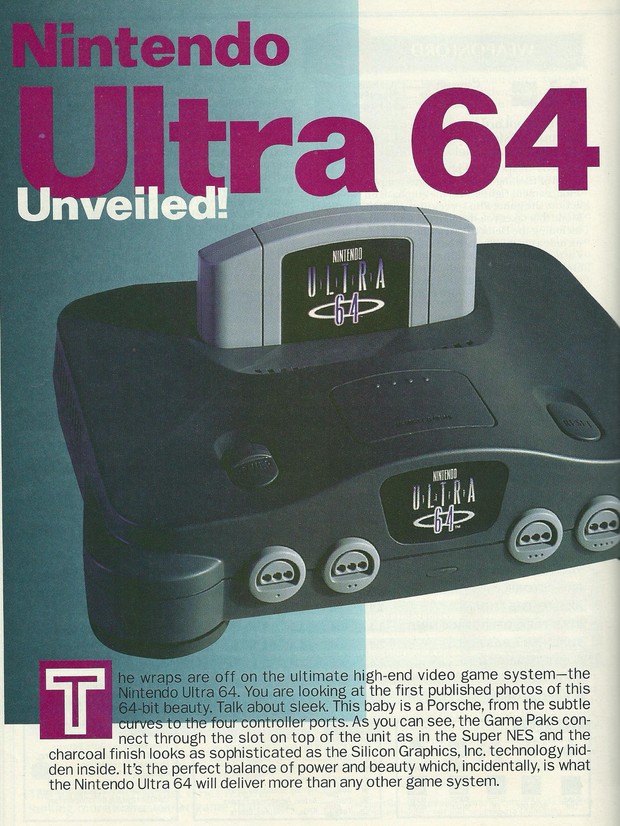
Before a console is officially launched to market, sitting in its development stage, it’s typically provided a temporary title before the official console name is chosen. While it may not seem entirely important, these code names do help bring attention to new pieces of hardware, depending on how interesting or catchy these names might be. So, in all honesty, does the Ultra 64 sound like all that interesting of a code-name to you (Especially considering it eventually settled with the name “Nintendo 64”?)
Compare this to the Virtual Boy, which was dubbed both “VR-32” and “The Virtual Utopia Experience”. I don’t know about you, but my attention would definitely gravitate towards a gaming system called a “Virtual Utopia Experience,” as opposed to one called an “Ultra 64,” which kind of sounds like an out-of-production energy drink from the late 80s.
6. Virtual Boy provided a better example for Nintendo’s future decisions.
The Virtual Boy was, without a doubt, a massive financial flop. It remains one of the few Nintendo systems that didn’t make a gigantic profit for the company, and instead led to the console’s quick cancellation and eventual fade into obscurity. Yet, the system’s failure didn’t deter Nintendo from looking towards innovative decisions for the future, and a lot more was learned from the Virtual Boy’s failure instead of the N64’s success.
Nintendo discovered exactly what not to do in order to progress their ideas with 3D technology. Additionally, with the failed console’s graphics primarily being red and black, Nintendo found out just how swiftly the industry was changing in terms of graphical wants and desires from its audience. Despite the Game Boy’s graphics being solely black and white, Nintendo knew it would no longer be able to replicate the same success using simplistic graphics technology. Finally, they learned the importance of providing a way for gamers to interact with one another (which the Virtual Boy couldn’t do, thanks to its binocular design.) Jason Plumb, one of the developers for the game Waterworld on Virtual Boy even stated:
“I think the antisocial nature of the machine was its main issue.”
(Source)
All of this helped build the most popular gaming handheld in today’s market: the 3DS. What all has been taken from the N64 into future generations? The four port design being included on the GameCube?
5. Better promotions
Nintendo did everything in their power to make sure the Virtual Boy was a success, even before its inevitable failure. Not only did they spend over $25 million in marketing campaigns, they also partnered with Blockbuster to offer customers the option of renting the Virtual Boy system and three games for three evenings for a small fee. While it ultimately didn’t lead to the system’s success, it’s likely that the extensive marketing and partnering decisions helped give it a bump in the right direction, which was likely taken into account in the N64’s life span.
4. Better gimmicks
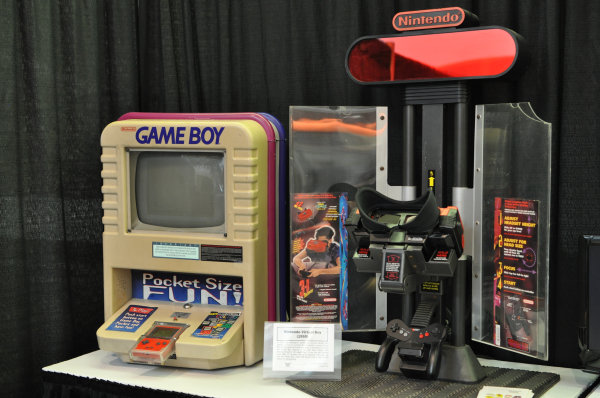
Whether we like it or not, gimmicky ideas do help consoles garner attention. Look at the success of Nintendo’s own Wii for example. If it hadn’t been for the introduction of motion controls from a major company, do you believe the Wii would have been such a resounding success?
Virtual reality technology had largely been unexplored up to this point, and Nintendo felt their journey into 3D gaming could be a fortunate venture since no other competitors were making anything like it at the time. Nintendo 64 relied more on its “64 bit graphics” slogan than anything else, which explains why the initial buzz surrounding the Virtual Boy was considerably higher.
3. Better design
Sure, the Virtual Boy has that ugly stand, but, when comparing the two video game systems side by side, which one grabs your attention more? The dull black and gray one that looks like a deflated VCR, or the bright red pair of goggles advertising itself as a virtual reality experience? The Virtual Boy also provided a lot of interesting little tech throw-ins to make the experience better — for example, a headphone jack, volume control and a focus switch to help adjust the 3D images to your eyes’ needs.
On a side note, while the N64 was a more powerful system compared to the Virtual Boy, it was the most powerful “portable” system for its time. To this day, it’s still debated whether the N64 or the PS1 was the true powerhouse of the fifth generation, but the Virtual Boy held a 32-bit processor — far more powerful than the Sega Nomad or even Nintendo’s own Game Boy could ever be.
2. Better controller
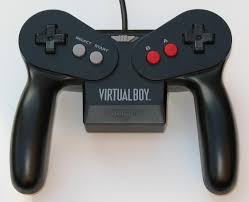
There really is no 100% comfortable way to hold an N64 controller, is there? The analog stick is in a painfully awkward place, there is a needless amount of buttons with equally awkward locations, and don’t even get me started on that Z button. Overall, the controller’s design made the controller more frustrating than anything else, which was clearly evident in Nintendo never using a similar design ever again.
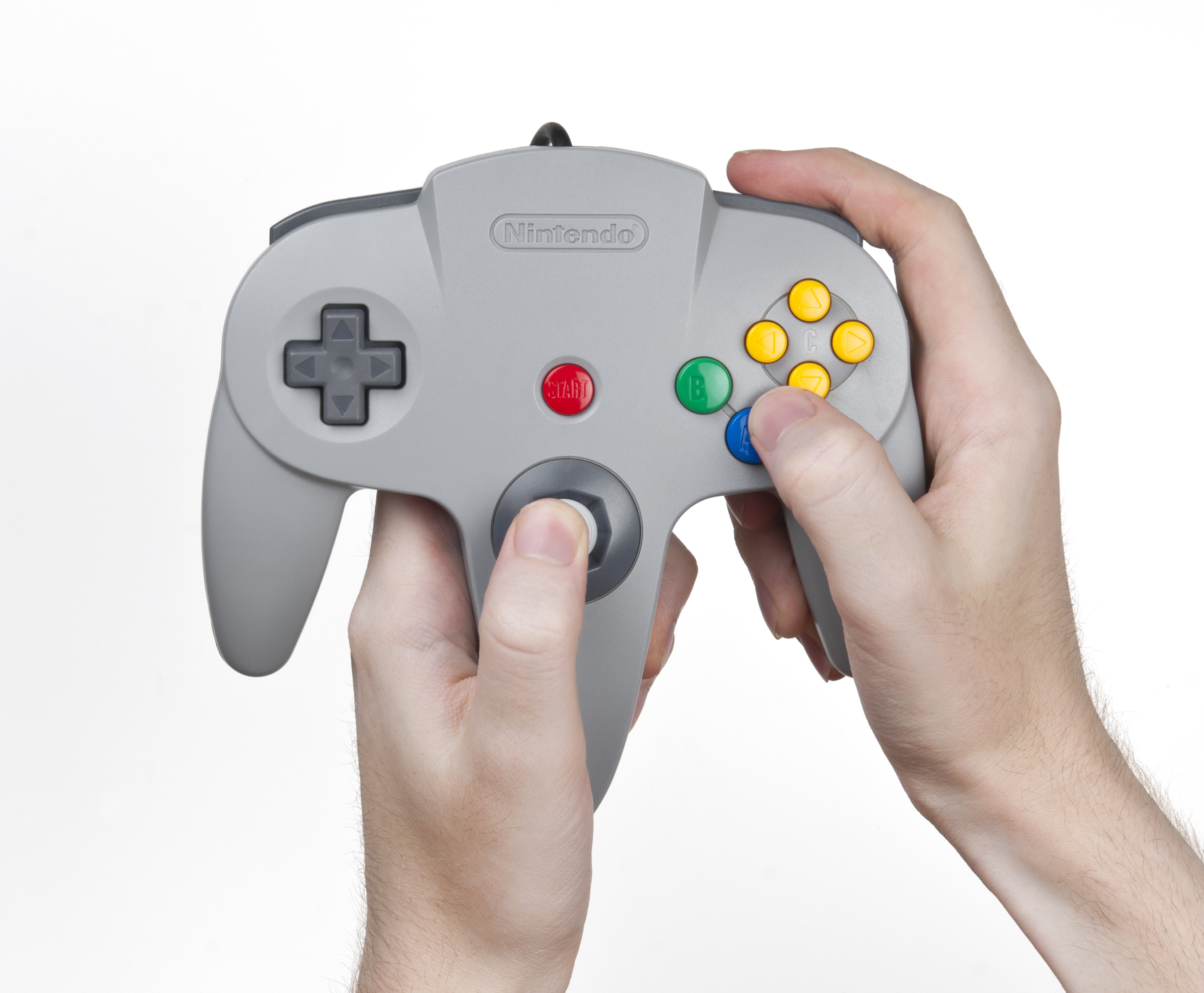
Then you have the Virtual Boy controller, which is often regarded by gamers as one of the system’s biggest highlights. Thanks to its comfortable design, usage of two D-pads (which would eventually set a similar standard in dual analog controllers) and just the right number of buttons, the Virtual Boy controller really should have been something Nintendo took towards future projects.
1. Took more risks in innovation
Other than its proclamation of having 64-bit technology, the Nintendo 64 was a rather safe bet for the company to make. Discs were being chosen as opposed to cartridges in competitors Sony and Sega, but Nintendo decided to stick with what they knew in the rounded cartridge department. This ended up being a major hindrance for producers of video games for the system, as long-time partners SquareSoft and Konami went the route of PlayStation, thanks to the abilities disc-based gaming could provide.
The Virtual Boy, on the other hand, dared to try and define a new genre of gaming. Sure, it failed, but the risks did start a path for future decisions for Nintendo, Sony, and Oculus, with Sony and Oculus attempting Virtual Reality consoles of their own.
Despite these pros to the system, the Virtual Boy is one of the quickest video game consoles to cease production, with Nintendo halting manufacturing after only five months. The Nintendo 64, comparatively, lasted over six years before the final console was crafted to market. Those numbers alone should show you which is the superior system, especially since you can find an N64 in many players’ homes. With the Virtual Boy, however, you’d have to do some pretty deep digging to come across a person who actually has one in their collection, as they are considered one of the rarer mass produced consoles in today’s second hand market.
Yet, even with it’s massive amount of flaws, and being stapled as “the worst game console of all time” by numerous news outlets, even this massive flop by Nintendo can still hold a candle to those who can appreciate this ugly duckling.

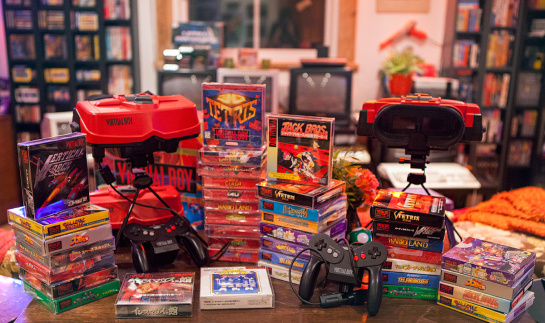
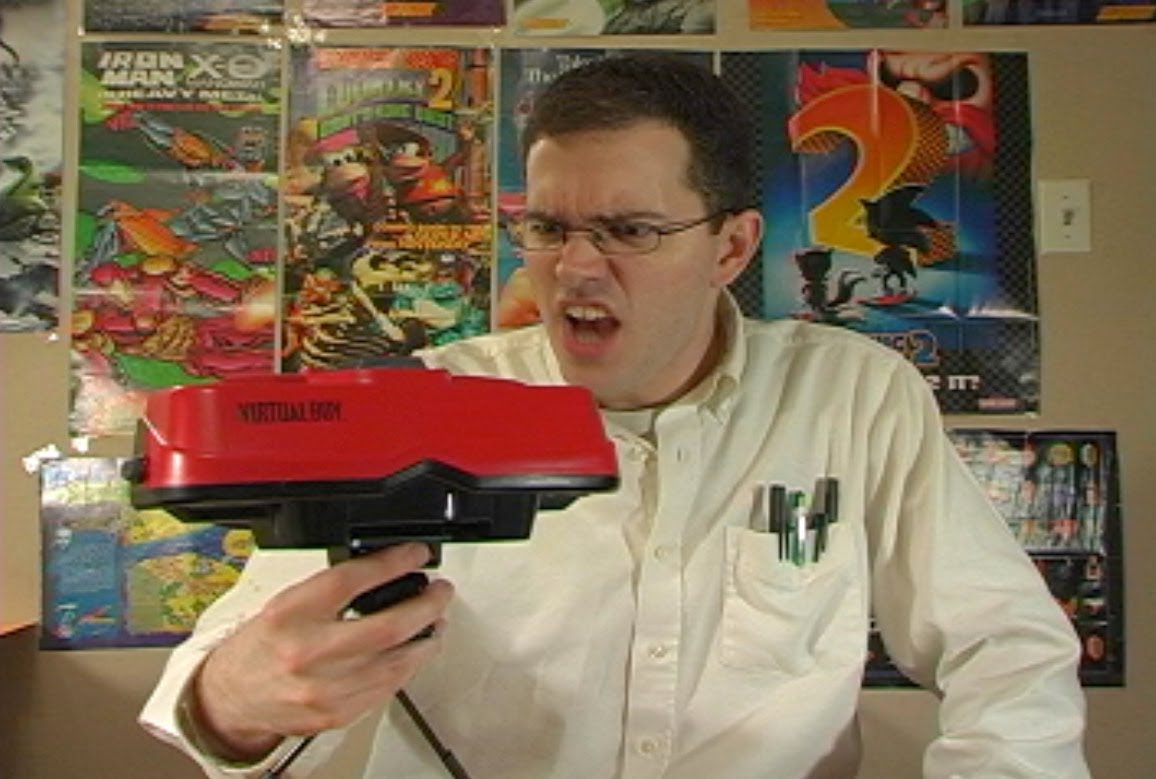
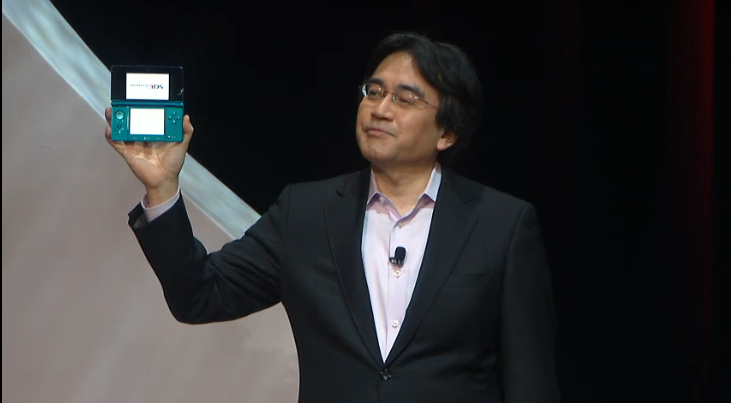
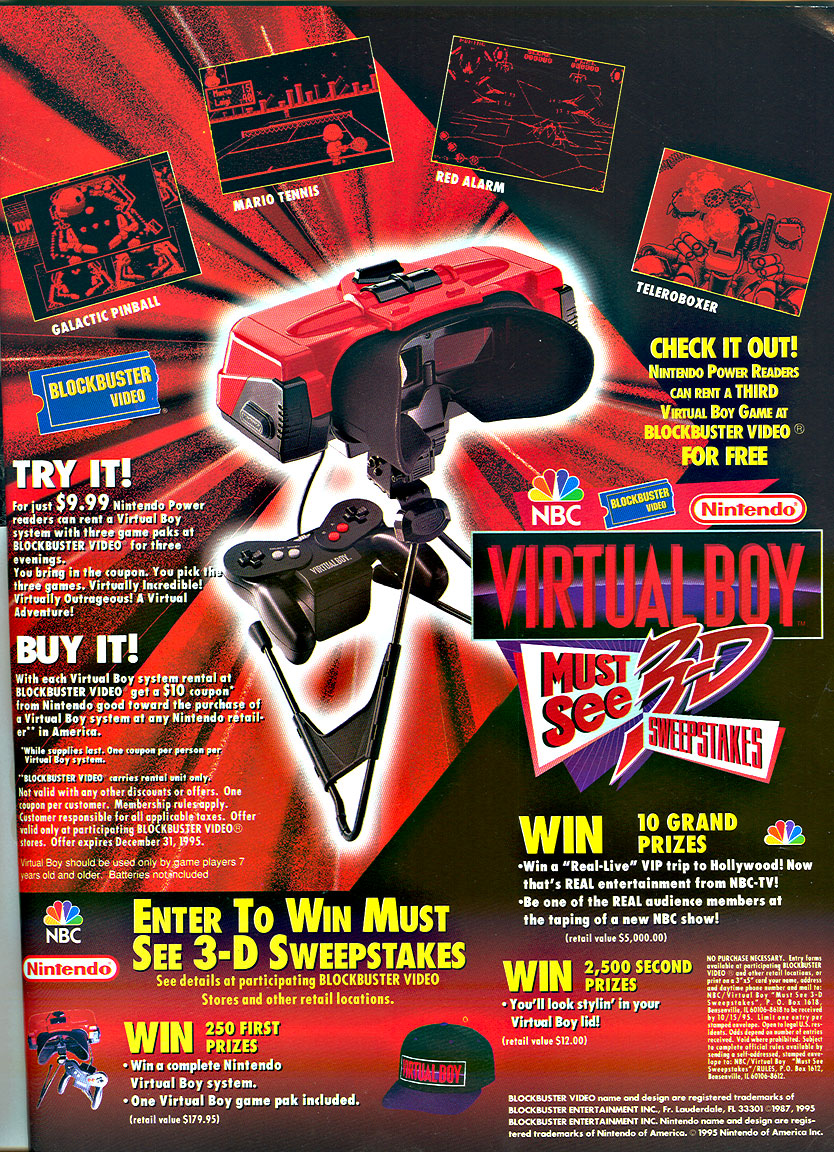
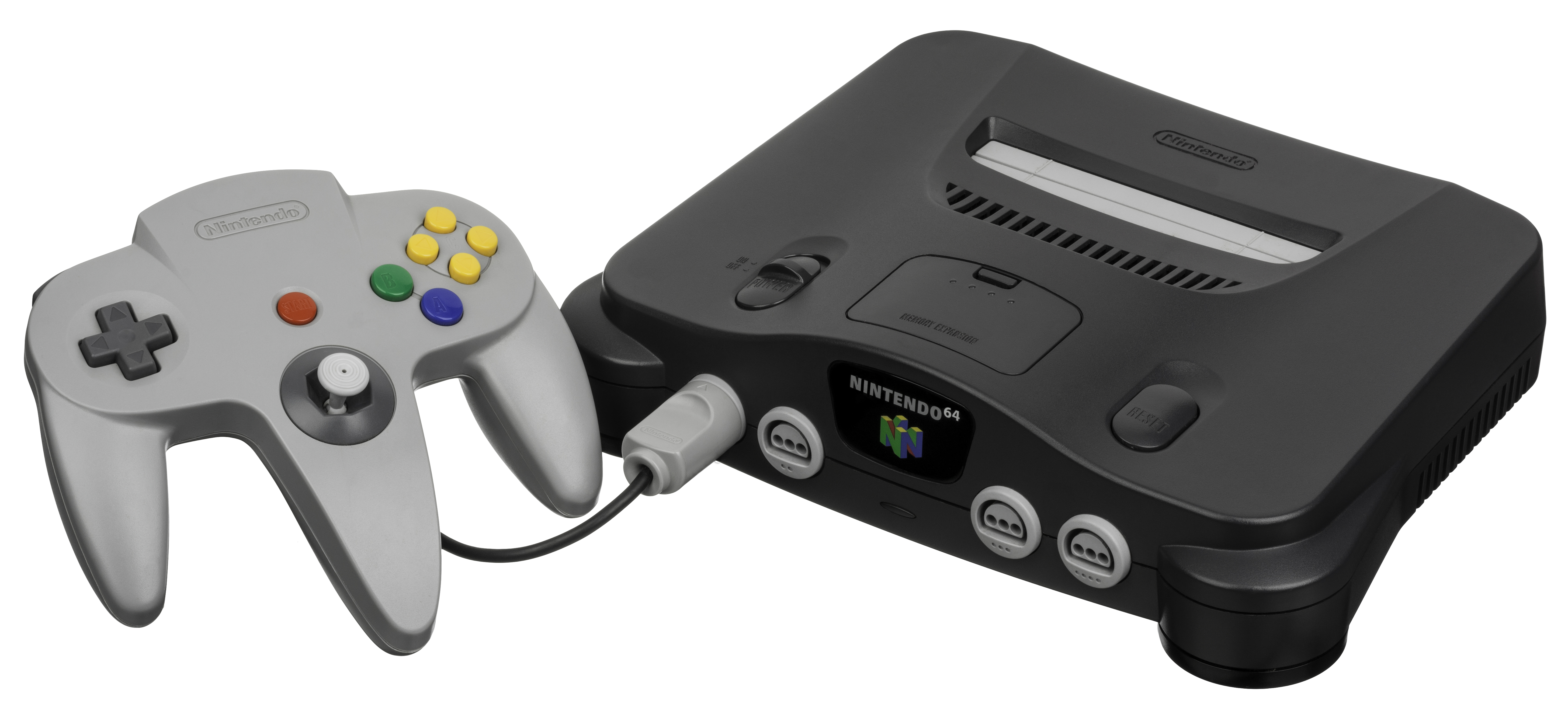
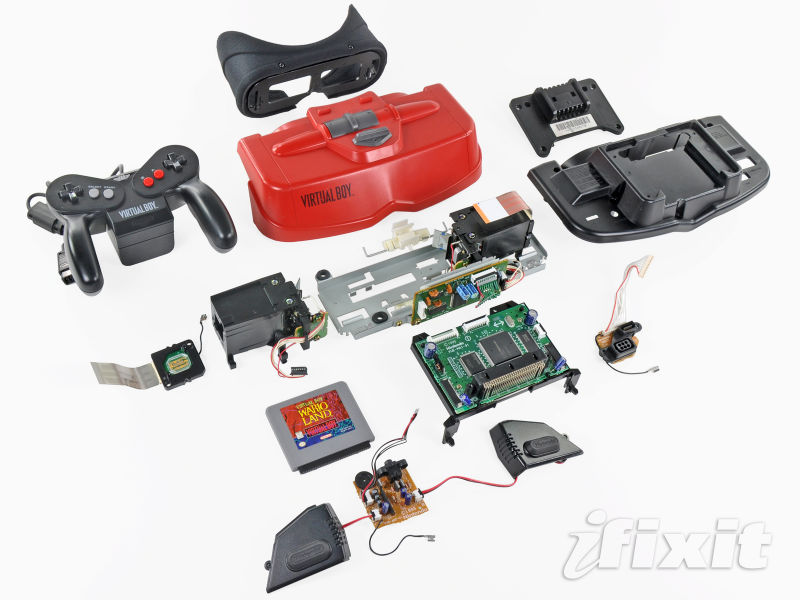





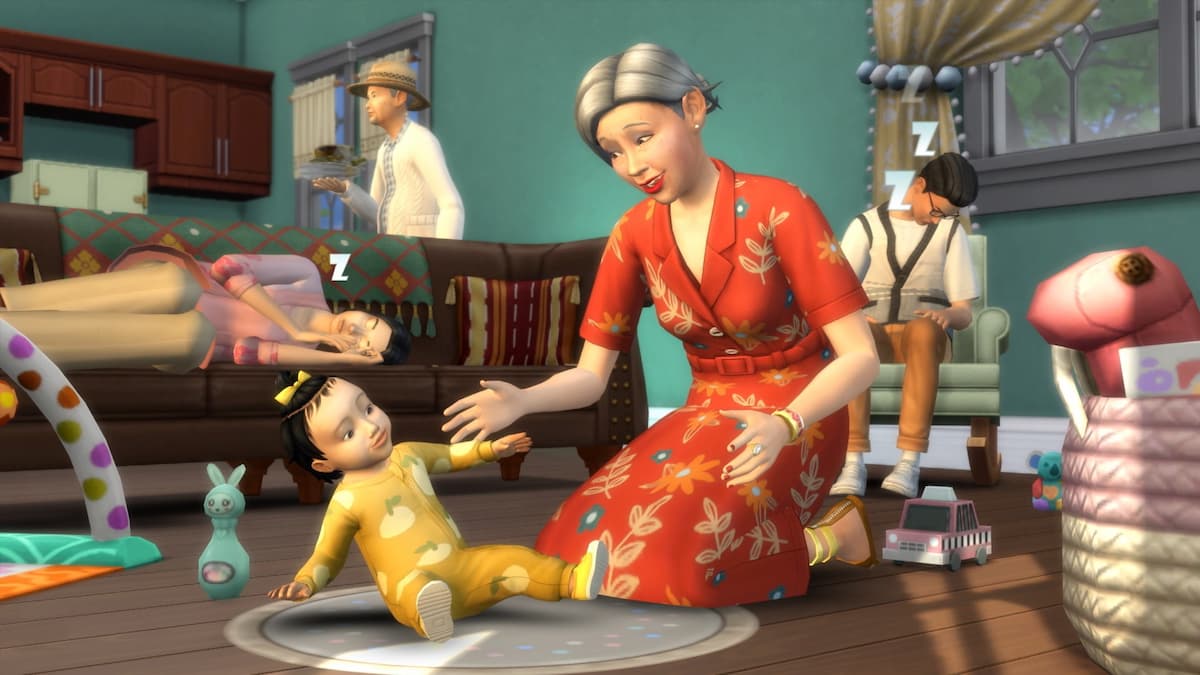
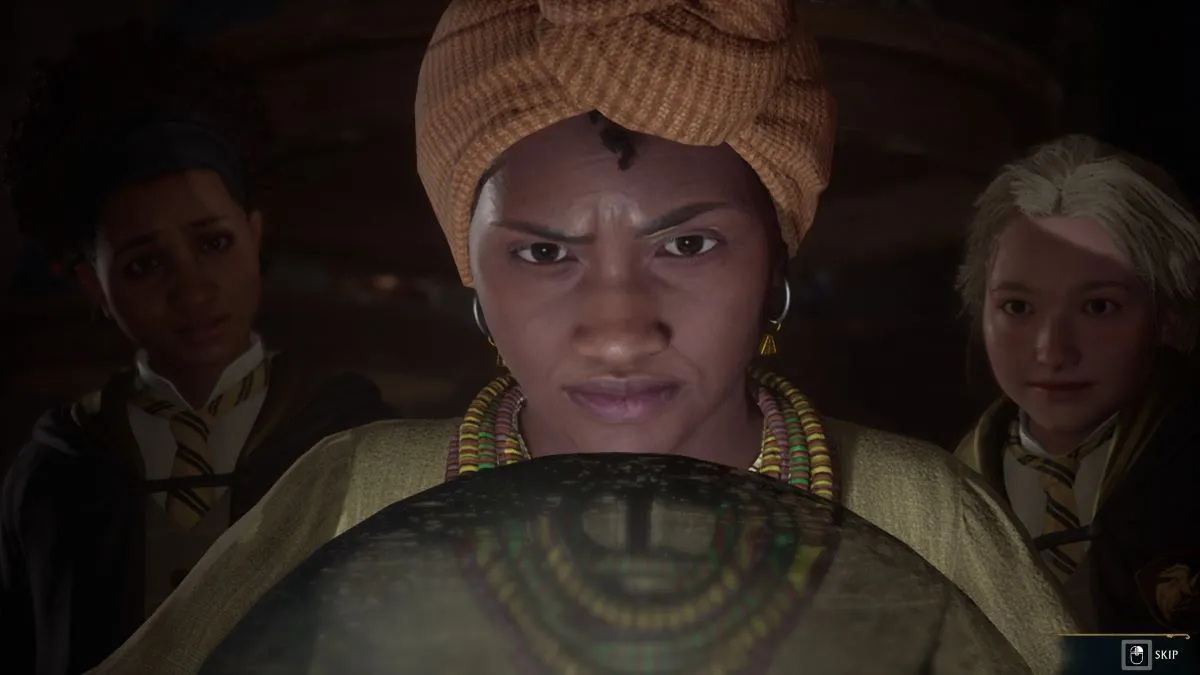
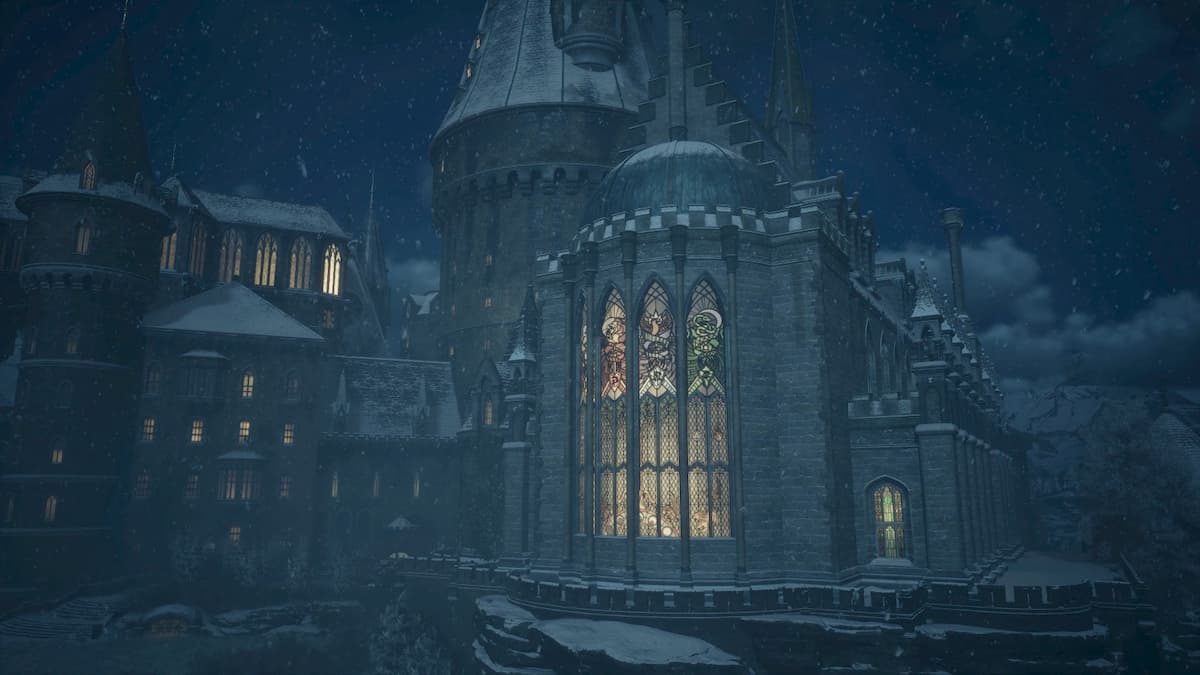
Published: Apr 18, 2016 04:10 pm